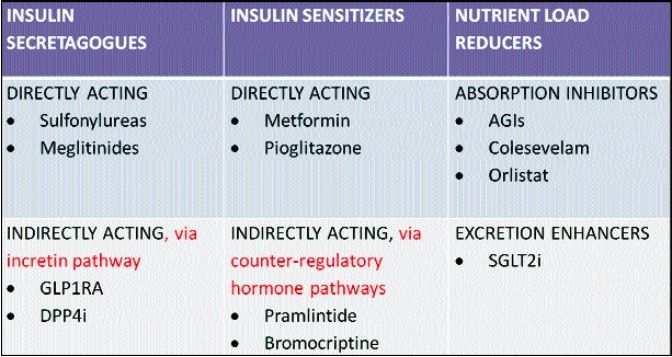Chart Offers Insight on Medications for Diabetes Treatment
Clinicians rely on a limited number of drugs to help patients with type 2 diabetes.
For decades, clinicians relied on a limited number of drugs, including sulfonylureas and metformin, to help patients with type 2 diabetes. However, in the past 20 years, an increasing number of glucose-lowering drugs for diabetes treatment have become available.
The options come from 4 classes of drugs—dipeptidyl peptidase-4 inhibitors (DPP4I), sodium glucose cotransporter-2 inhibitors (SGLT2I), glucagon-like peptide-1 receptor agonists (GLP1RA), and pramlintide—that offer the advantage of employing new mechanisms of action.
The FDA has approved more than 20 new drugs from these classes, and including fixed-dose combination products significantly increases that number. This creates a challenge when educating patients about their diabetes and drug regimens due to the sheer amount of names and different mechanisms.
An article in theJournal of the Pakistani Medical Associationpresents a simple organizational schema that can help pharmacists teach others—patients, students, and other professionals—how these drugs act.
Available free of charge, the article provides a chart that divides drugs into 3 groups:
- Insulin secretagogues, direct (sulfonylureas and meglitinides) and indirect in nature (GLP1RA and DPP4i)
- Insulin sensitizers, direct (metformin and pioglitazone) and indirect in nature (pramlintide and bromocriptine)
- Nutrient-load reducers, absorption inhibitors (alpha-glucosidase inhibitors, colesevelam and orlistat) and excretion enhancers (SGLT2i)
Understanding that these medications work in different ways can help clinicians and patients accept the use of more than 1 drug to address an elevated glycated hemoglobin (A1C) level and encourage rational drug use by suggesting how clinicians can prescribe synergistic combinations based on mode of action. The chart classifies drugs to help clarify whether they have similar clinical effects based on their mechanisms.
Although most drugs in these classes are pleiotropic (act on multiple systems) and have multiple mechanisms of action, the author uses the primary mode of action to place the drug class in its designated square.
The user-friendly table will be a welcome addition to counseling materials, and pharmacists can use it as the basis for a more comprehensive tool that includes drug names.

